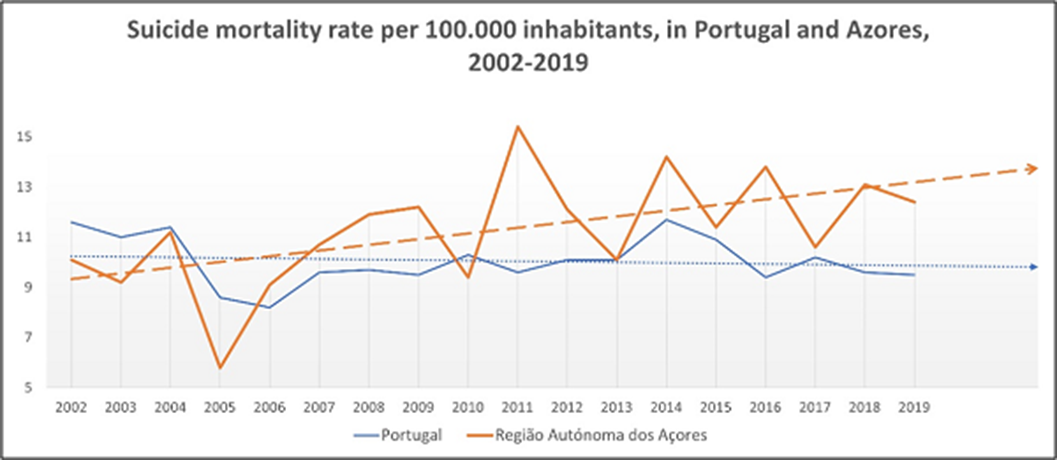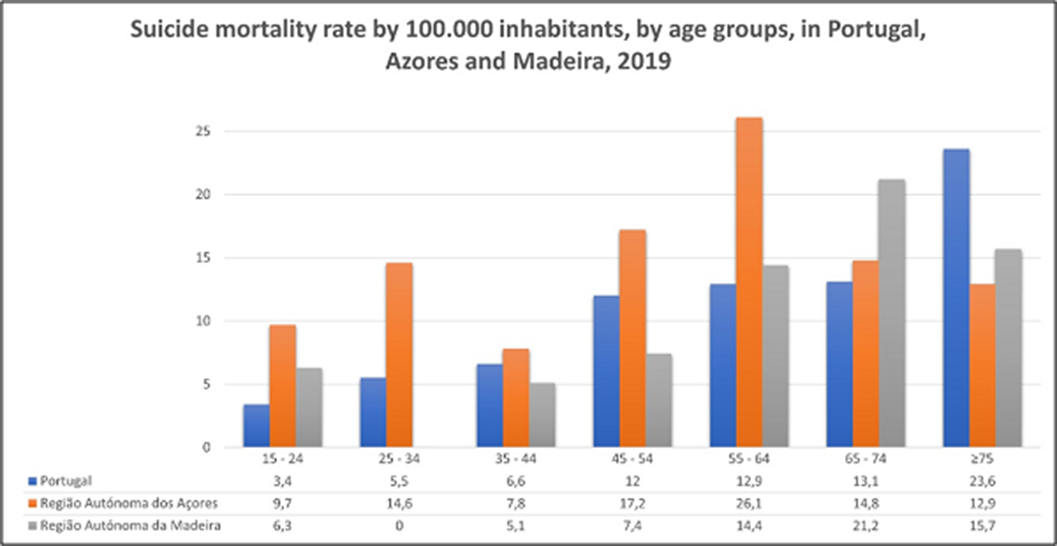69 results
Prevalence of drug use and substance dependence among university students at the University of Girona
-
- Journal:
- European Psychiatry / Volume 67 / Issue S1 / April 2024
- Published online by Cambridge University Press:
- 27 August 2024, pp. S215-S216
-
- Article
-
- You have access
- Open access
- Export citation
Understanding the Occurrence of Psychiatric Disorders in Epilepsy in Brazil: An Epidemiological Investigation
-
- Journal:
- European Psychiatry / Volume 67 / Issue S1 / April 2024
- Published online by Cambridge University Press:
- 27 August 2024, p. S98
-
- Article
-
- You have access
- Open access
- Export citation
Mental and Behavioral Disorders Associated with the Use of Psychoactive Substances and Alcohol: An Epidemiological Analysis in Southern Brazil
-
- Journal:
- European Psychiatry / Volume 67 / Issue S1 / April 2024
- Published online by Cambridge University Press:
- 27 August 2024, p. S831
-
- Article
-
- You have access
- Open access
- Export citation
Epidemiological analysis of hospitalizations for Schizophrenia, Schizotypal Disorders and Delirium in Rio Grande do Sul over the last 5 years
-
- Journal:
- European Psychiatry / Volume 67 / Issue S1 / April 2024
- Published online by Cambridge University Press:
- 27 August 2024, pp. S390-S391
-
- Article
-
- You have access
- Open access
- Export citation
Nutritional composition of ultra-processed plant-based foods in the out-of-home environment: a multi-country survey with plant-based burgers
-
- Journal:
- British Journal of Nutrition / Volume 131 / Issue 10 / 28 May 2024
- Published online by Cambridge University Press:
- 15 January 2024, pp. 1691-1698
- Print publication:
- 28 May 2024
-
- Article
-
- You have access
- Open access
- HTML
- Export citation
Suicide in the Azores Archipelago - a epidemiological study and review
-
- Journal:
- European Psychiatry / Volume 66 / Issue S1 / March 2023
- Published online by Cambridge University Press:
- 19 July 2023, pp. S1109-S1110
-
- Article
-
- You have access
- Open access
- Export citation
Syndrome of Irreversible Lithium-Effectuated NeuroToxicity: SILENT, but not innocent
-
- Journal:
- European Psychiatry / Volume 66 / Issue S1 / March 2023
- Published online by Cambridge University Press:
- 19 July 2023, p. S702
-
- Article
-
- You have access
- Open access
- Export citation
Neuropsychiatric effects of Synthetic Cathinones - a review
-
- Journal:
- European Psychiatry / Volume 66 / Issue S1 / March 2023
- Published online by Cambridge University Press:
- 19 July 2023, p. S663
-
- Article
-
- You have access
- Open access
- Export citation
Effect of the Halothane Gene on Pre-Slaughter Mortality in Two Spanish Commercial Pig Abattoirs
-
- Journal:
- Animal Welfare / Volume 11 / Issue 4 / November 2002
- Published online by Cambridge University Press:
- 11 January 2023, pp. 449-452
-
- Article
-
- You have access
- Export citation
Drivers of farmer involvement in experimental forage trials in the Peruvian Andes and implications for participatory research design
-
- Journal:
- Experimental Agriculture / Volume 58 / 2022
- Published online by Cambridge University Press:
- 10 October 2022, e39
-
- Article
-
- You have access
- Open access
- HTML
- Export citation
Depressive symptoms and health-related quality of life in critical COVID-19 survivors: Preliminary results of 1-year follow-up
-
- Journal:
- European Psychiatry / Volume 65 / Issue S1 / June 2022
- Published online by Cambridge University Press:
- 01 September 2022, pp. S310-S311
-
- Article
-
- You have access
- Open access
- Export citation
BIG LITTLE THIEFS - Kleptomania Treatment
-
- Journal:
- European Psychiatry / Volume 65 / Issue S1 / June 2022
- Published online by Cambridge University Press:
- 01 September 2022, p. S878
-
- Article
-
- You have access
- Open access
- Export citation
Delirium and health-related quality of life in severe COVID-19 survivors
-
- Journal:
- European Psychiatry / Volume 65 / Issue S1 / June 2022
- Published online by Cambridge University Press:
- 01 September 2022, p. S311
-
- Article
-
- You have access
- Open access
- Export citation
Depression and health-related quality of life in critical COVID-19 survivors
-
- Journal:
- European Psychiatry / Volume 65 / Issue S1 / June 2022
- Published online by Cambridge University Press:
- 01 September 2022, p. S377
-
- Article
-
- You have access
- Open access
- Export citation
Anxiety symptoms in critically ill COVID-19 survivors and its association with post-discharge health concerns
-
- Journal:
- European Psychiatry / Volume 65 / Issue S1 / June 2022
- Published online by Cambridge University Press:
- 01 September 2022, pp. S535-S536
-
- Article
-
- You have access
- Open access
- Export citation
WHO IS THAT MAN I SEE STARING STRAIGHT BACK AT ME? - Mirror Delusional Misidentification: A Case Report And Literature Review
-
- Journal:
- European Psychiatry / Volume 65 / Issue S1 / June 2022
- Published online by Cambridge University Press:
- 01 September 2022, p. S874
-
- Article
-
- You have access
- Open access
- Export citation
Post-discharge depressive symptoms and health-related quality of life of critical COVID-19 survivors
-
- Journal:
- European Psychiatry / Volume 64 / Issue S1 / April 2021
- Published online by Cambridge University Press:
- 13 August 2021, p. S258
-
- Article
-
- You have access
- Open access
- Export citation
Pisa syndrome – a case report
-
- Journal:
- European Psychiatry / Volume 64 / Issue S1 / April 2021
- Published online by Cambridge University Press:
- 13 August 2021, p. S800
-
- Article
-
- You have access
- Open access
- Export citation
Substance use disorders in adolescence - a review
-
- Journal:
- European Psychiatry / Volume 64 / Issue S1 / April 2021
- Published online by Cambridge University Press:
- 13 August 2021, pp. S826-S827
-
- Article
-
- You have access
- Open access
- Export citation
Omega 3 and Depression - State of Art
-
- Journal:
- European Psychiatry / Volume 24 / Issue S1 / January 2009
- Published online by Cambridge University Press:
- 16 April 2020, 24-E605
-
- Article
-
- You have access
- Export citation



